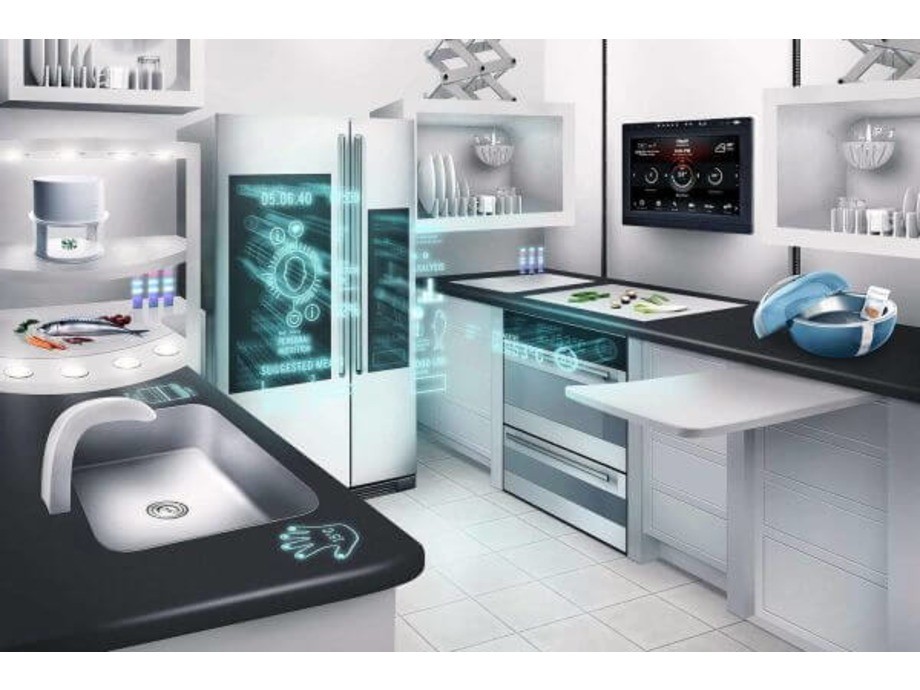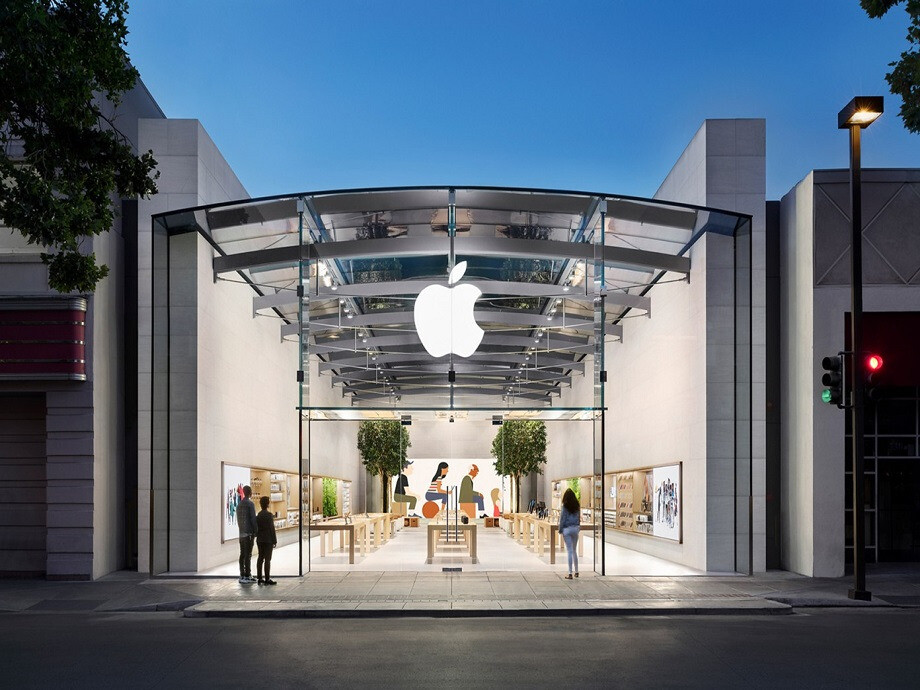
The Internet of Things: Why smart components and NFC are the perfect match
The Internet of Things has already made its mark. But the next few years could see it become a technology which is increasingly part of our everyday lives - even if we can't see it!
That's because all the indications from forecasts of the last few months suggest that a steep incline of growth is about to be witnessed. According to DBS Bank IoT will leap from a 10 and 15 per cent adoption rate to over 90 per cent by the year 2030. We are already living in the IoT era, as an increasing number of purposes are discovered for the technology which utilises networks of connected objects. With this amazing new way to exchange data, we are able to improve efficiency, enhance communications, and make insights.
New ways to use IoT are cropping up all the time, and the physical elements needed to build an IoT infrastructure have also been evolving. There are several 'sister' technologies which have expanded the possibilities for IoT and made it more accessible. At the top of this list is Near Field Communication (NFC) technology, which has provided IoT systems with a key advantage - cut through to the consumer market. In no field is this better exemplified than the market for the 'smart' products which have swelled the potential of the devices we use in everyday life. Away from the B2C sector, smart technology is also employed in a number of industries to great effect.
In this blog, we look at exactly how NFC has become a major player in the IoT revolution, and why it is the perfect foil for the smart technology which has changed the way that consumers live and the way businesses operate.
Tapping into IoT
As a technology which requires just a tap to access data, media and web pages, the suitability of NFC to incorporate with IoT is clear. All you need is an NFC reader, such as a smartphone, and information can be extracted from IoT networks in real time using NFC IoT modules which are set up within an IoT network. Typically found in sizes such as 8.0 x 6.0 x 1.35mm, 4.9 x 3.0 x 2.5mm or 4.0 x 2.0 x 2.0mm; physically, IoT NFC modules are perfectly proportioned to be part of an IoT network which facilitates smart devices. They are suitable for use in surface-mount technology (SMT) processes, and there are modules available which are specifically designed to be affixed to metal surfaces; ideal in many industrial environments which use Contactless technology.
NFC IoT modules typically contain a chip and an antenna and offer a dual interface of I2C and 13.56Mhz. Their ability to empower IoT devices with NFC technology means that information can be extracted in real time from IoT networks. This information can be used for the immediate benefit of the operative, or analysed, often using systems outside the IoT network, in order to gain further insights.
Making an impact
So which are the ways in which NFC has helped to push IoT to the next level? NFC IoT modules are all around us, and in many cases, we might not know they are there. In consumer electronics, NFC Contactless technology has proved instrumental in delivering the benefits of IoT's smart technology to the consumer.
Take washing machines, for instance. Thanks to NFC and smart components, residents now have the ability to slash their water and electricity bills. Smart devices can be installed to record washing habits, and are able to offer pointers on how to become more efficient with our clothes washing. What NFC provides is the crucial link between the workings of the IoT network and the consumer themselves. It only takes a tap of a smartphone, and a consumer can view their washing information, as well as benefit from the advice.
Sticking with the washing machine example - what exactly are the benefits? For the consumer, along with the opportunity to save money, there is also the chance to do their bit for the environment by using less energy. And in many cases, the cost of actually having a smart device with NFC installed will be negligible - we are at the stage where many manufacturers can include smart devices as standard with their units. For manufacturers, equipping their products with NFC IoT modules needn't break the bank, with costs being driven down further due to the savings enabled through mass procurement. These companies are able to offer their customers a helpful and convenient feature at very little additional cost - it doesn't take much for a washing machine to become a smart washing machine!
Then there is the interactive element which involves the consumer. The ability to tap and check information puts the consumer in control of their smart device, allowing information to be overseen at any time.
NFC can also be useful in the configuring of smart systems, such as in the case of energy efficient lighting, where NFC IoT modules can be used to set up an LED driver as accurately as possible.
NFC energy harvesting
NFC IoT modules can offer electronic independence to objects within an IoT network - take e-paper displays, for example. These small electronic displays can be used for everything from advertising to real-time data notifications, and require no outside energy sources, being powered solely by NFC. This is known as energy harvesting, with the NFC IoT module using energy harvested from the reader, in the form of incoming RF emissions. NFC IoT modules allow the smart component to remain autonomous in terms of the energy it needs to operate, continuing its role as a data logger and allowing for continuous monitoring.
The advantage of remaining battery-less is attractive for applications in several sectors. A team at Spain's Rovira i Virgili University undertook a survey of NFC Sensors based on energy harvesting for IoT applications last year (2018). The researchers concluded that: "A review of the state of the art in battery-less NFC sensors revealed great interest in these sensors for food monitoring and wearable biomedical applications. In these applications, it is essential to eliminate potentially dangerous batteries due to their toxicity and high costs."
Ready for the task
NFC IoT modules are robust enough to be used in adverse conditions - both in consumer life, and industrial settings. They are able to withstand a high degree of movement, making them suitable for use in smartwatches. And they are also proven to be capable of operating in a wide temperature range - from -40 °C, all the way up to 85 °C. With the smallest option in the NFC IoT module range coming in diminutive dimensions of 4.0 x 2.0 x 2.0mm - just 10 per cent of a 10p coin - the versatility of the devices is clear - they can be affixed just about anywhere!
NFC and smart technology: The future
Smart devices have made a big impact on consumer technology, but could NFC and smart technology make the biggest strides forward in other areas over the coming years? In childcare and healthcare, the possibilities are very exciting. Wearable baby monitors which utilise NFC chips are able to take temperature measurements and display fever levels without the need for a battery. All it takes is a small electronic patch which looks and feels just like a kid-friendly sticker. Parents and child carers are then able to monitor a child using their smartphone.
In a similar fashion, healthcare institutions can make use of NFC-powered smart sensors which are able to monitor patients' physical conditions, transmitting this information to a nearby NFC reader such as a smartphone. This ability to measure 'vital signs' could potentially save the healthcare sector a significant amount of money in the future, especially where the care of elderly people is concerned. That's thanks to the potential for medical conditions to be diagnosed quicker, and less personal medical attention required. For this purpose, IoT NFC modules are cost-effective and convenient, being easily disposed of in order to avoid contamination.
With so much crossover, perhaps it is no surprise that the NFC Forum industry body has made collaboration with IoT a priority. The organisation announced in a statement: "The NFC Forum recognises that the IoT industry presents a great opportunity for NFC technology to continue to expand throughout the world. Because of this, the Internet of Things Special Interest group is working to encourage the adoption of NFC technology in the IoT industry by creating industry use cases, promoting further research into the industry and establishing liaisons to further collaboration efforts."
Together, NFC and IoT have come a long way, but the story is far from over. The wave of future developments which are currently taking shape is going to offer more new ways of collecting and using information. Where there are so many operational, analytical and environmental benefits to be had, it is no wonder that the predicted growth of IoT is so remarkable. What we know for sure is that NFC will be playing its part in IoT's continuing rise.



Comments